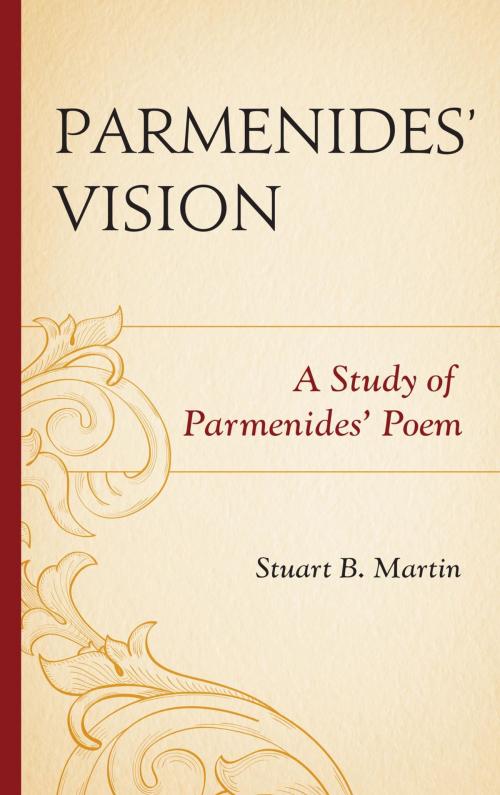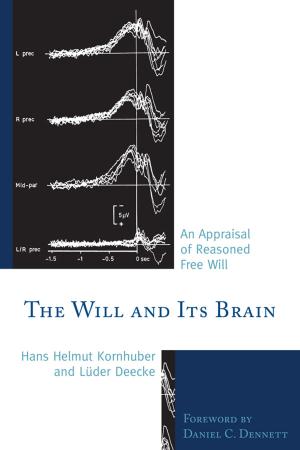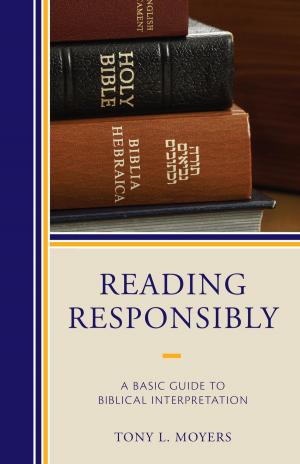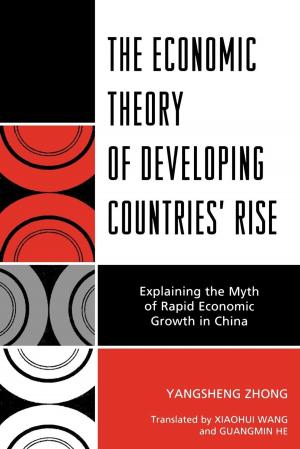Parmenides’ Vision
A Study of Parmenides’ Poem
Fiction & Literature, Literary Theory & Criticism, Poetry History & Criticism, Nonfiction, History, Ancient History, Greece, Religion & Spirituality, Philosophy, Ethics & Moral Philosophy| Author: | Stuart B. Martin | ISBN: | 9780761867432 |
| Publisher: | UPA | Publication: | March 30, 2016 |
| Imprint: | UPA | Language: | English |
| Author: | Stuart B. Martin |
| ISBN: | 9780761867432 |
| Publisher: | UPA |
| Publication: | March 30, 2016 |
| Imprint: | UPA |
| Language: | English |
This book intends to establish, against his numerous modern critics, that the ancient philosopher Parmenides was a mystic. Instead of arriving at his conclusions by cold reason, Parmenides found the unity of Being, which he called “the Truth,” by turning to a life of meditation. His use of reason throughout his poem was not intended to discover the Truth, but to undermine those who would disallow the Truth which had been revealed to him: the Truth as living and intelligent that is, some One, not something. In making the case that Parmenides was basically a religious seer, this book makes clear that the rationalist opponents of this interpretation have inevitably misread and emended the text to suit their views. Far from rejecting a mythic presentation of ultimate Reality, Parmenides’ narrative upholds the doctrine that all Truth is one, as the mystics proclaim. This book also attempts to explain how, if Reality is ultimately one, multiplicity and flux can be part of the human experience.
This book intends to establish, against his numerous modern critics, that the ancient philosopher Parmenides was a mystic. Instead of arriving at his conclusions by cold reason, Parmenides found the unity of Being, which he called “the Truth,” by turning to a life of meditation. His use of reason throughout his poem was not intended to discover the Truth, but to undermine those who would disallow the Truth which had been revealed to him: the Truth as living and intelligent that is, some One, not something. In making the case that Parmenides was basically a religious seer, this book makes clear that the rationalist opponents of this interpretation have inevitably misread and emended the text to suit their views. Far from rejecting a mythic presentation of ultimate Reality, Parmenides’ narrative upholds the doctrine that all Truth is one, as the mystics proclaim. This book also attempts to explain how, if Reality is ultimately one, multiplicity and flux can be part of the human experience.















